Why Digital Nomads Are Turning to Satellite Internet for Remote Work
Internet for Remote Work has become the backbone of Australia's growing digital nomad movement, with over 50% of remote workers requiring reliable connectivity outside major cities. Whether you're chasing the perfect sunset from Cable Beach or working from a cattle station in the Kimberley, your internet connection can make or break your productivity.
Quick Answer: Best Internet Options for Remote Work in Australia
• Starlink: 50-250 Mbps download, works anywhere with clear sky view
• 4G/5G Mobile: 30-100 Mbps, limited by tower coverage in remote areas
• NBN Fixed Wireless: 25-75 Mbps, available in some regional towns
• Minimum Requirements: 25 Mbps download, 10 Mbps upload for HD video calls
The rise of location-independent work has created a perfect storm of opportunity and challenge. Traditional NBN services fade to nothing once you venture beyond the black stump, leaving digital nomads scrambling for reliable connectivity. That's where satellite internet, particularly Starlink, enters the picture as a potential game-changer.
The reality is stark: while video conferencing requires just 3-5 Mbps for basic quality, modern remote work demands much more. Cloud backups, file sharing, and multiple video streams can easily consume 100+ Mbps. Add the notorious Australian weather and vast distances, and you've got a connectivity puzzle that needs solving.
I'm Aaron Wroblewski, and I've spent over 15 years helping Australians tackle satellite connectivity challenges across our diverse landscape. Having worked extensively with Internet for Remote Work solutions, I've seen how proper equipment and setup can transform unreliable connections into rock-solid productivity tools.
Why Reliable Internet Matters for Remote Work Down Under
Picture this: you're sitting in your converted van at Kings Canyon, laptop open, ready to join that crucial client meeting. The red rocks stretch endlessly around you, but your Internet for Remote Work connection just dropped. Again. This scenario plays out daily across Australia as more professionals accept location independence.
Internet for Remote Work isn't just about convenience when you're working from remote Australia—it's about protecting your livelihood. The Australian Communications and Media Authority (ACMA) reports that remote workers consume significantly more bandwidth than traditional home users. A single high-quality video conference can gobble up to 28 Mbps, whilst cloud backups and file sharing add another layer of demand.
The tyranny of distance hits remote workers particularly hard. Unlike city dwellers with their reliable NBN connections, digital nomads face the harsh reality that traditional internet infrastructure simply doesn't reach beyond major population centres. One dropped Zoom call with a client can mean lost income, whilst painfully slow upload speeds can turn a simple presentation into an all-day ordeal.
Starlink for Remote Australia has emerged as a potential game-changer, offering satellite coverage where traditional services fear to tread. However, understanding your actual requirements helps you choose the right solution and set realistic expectations.
The Minimum You Really Need
After years of testing satellite internet across Australia's diverse landscapes, the numbers tell a clear story. Your baseline Internet for Remote Work requirements start with 25 Mbps download speed and 10 Mbps upload for basic functionality. This covers standard video calls, email, and light file sharing without too much frustration.
However, the devil lurks in the details. Zoom's technical requirements show that HD video needs just 2.6 Mbps upload and 1.8 Mbps download, but this assumes perfect conditions. VPN overhead—essential for many corporate workers—adds another 10-20% to your bandwidth requirements. Suddenly, that 25 Mbps baseline feels rather tight.
For improved performance, particularly if you're sharing your connection with family or running multiple applications, 100 Mbps download and 20 Mbps upload provides breathing room. This handles 4K video calls, large cloud backups, and the inevitable Netflix streaming that happens after work hours.
Latency matters just as much as speed. Aim for under 50ms for basic remote work, though under 20ms delivers noticeably smoother real-time collaboration. Starlink for Remote Communities typically achieves 20-40ms latency, putting it well within acceptable ranges for most applications.
Beyond the Numbers: Stability & Latency
Raw speed numbers only tell half the story of effective Internet for Remote Work. Jitter—the variation in packet delivery times—can make video calls choppy even with abundant bandwidth. It's like having a conversation where words arrive out of order, creating frustration for everyone involved.
Packet loss presents another challenge. When data packets don't reach their destination, applications freeze, disconnect, or require retransmission. Even 1% packet loss can severely impact video quality and real-time applications.
Weather impact becomes particularly relevant for satellite internet users across Australia. Heavy rain can cause signal attenuation, whilst snow buildup on dishes (yes, it does snow in Australia!) can block signals completely. Understanding these limitations helps you plan backup strategies and communicate realistic availability to clients.
Many employers now mandate specific technical requirements for remote workers. Customer service roles often require sub-140ms latency for VoIP systems, whilst some financial applications demand sub-10ms response times. Starlink for Remote Communities typically meets general business requirements, though specialised applications may need additional consideration.
The stability factor becomes crucial when you're working from temporary locations. Traditional fixed-line services offer predictable performance, but satellite solutions can vary based on weather, obstructions, and network congestion. Building redundancy into your setup—perhaps combining satellite with cellular backup—ensures you're never completely cut off from the digital world.
Internet for Remote Work with Starlink in Australia
Picture this: you're watching the sunrise over Uluru from your caravan, laptop open, joining a client meeting in Sydney whilst your Starlink dish quietly hums in the background. This isn't a fantasy anymore—it's the reality that Internet for Remote Work has created for thousands of Australian digital nomads.
Starlink in Australia has completely transformed how we think about remote connectivity. Since launching commercially in 2021, this satellite internet service has been spreading across our vast continent like wildfire. Unlike the old-school geostationary satellites sitting 36,000 kilometres above us (practically in another postcode), Starlink's Low Earth Orbit satellites cruise just 550 kilometres overhead—close enough to deliver latency that actually works for real-time video calls.
The difference is night and day. Where traditional satellite internet delivered latency that made video calls feel like talking to someone on the moon, Starlink for Remote Australia brings that delay down to just 20-40 milliseconds. That's fast enough for seamless Zoom meetings, even when you're parked beside a billabong in the middle of nowhere.
Starlink for Remote Communities has been nothing short of changeal. Remote schools that once struggled with dial-up connections now stream educational content in HD. Medical facilities can conduct telehealth consultations without pixelated video or dropped calls. Mining camps, cattle stations, and research outposts that were previously cut off from the digital world now enjoy broadband speeds that rival what you'd get in Melbourne's CBD.
The beauty of Starlink lies in its simplicity. You don't need a technician to trek hundreds of kilometres to install your connection—the dish literally points itself at the satellites and gets to work. For digital nomads following the grey nomad trail or chasing seasonal work across our massive continent, this plug-and-play approach is revolutionary.
Coverage & Performance Snapshot 2025
Right now, Starlink is delivering impressive performance across Australia. You can expect download speeds between 50-250 Mbps, with most users seeing around 100-150 Mbps consistently. That's more than enough for multiple HD video streams, large file uploads, and everything else your remote work throws at it.
Upload speeds typically range from 10-30 Mbps, averaging around 15-20 Mbps. This might not sound spectacular, but it's perfectly adequate for video conferencing and cloud backups. The real game-changer is the latency of 20-40 milliseconds—finally making real-time applications genuinely usable via satellite.
Coverage now blankets the entire Australian continent, from Christmas Island to Macquarie Island and everywhere in between. New satellites launch monthly, continuously improving capacity and reducing those frustrating peak-hour slowdowns that plagued early adopters.
The network maintains 99%+ uptime in clear weather, though heavy rain or snow can temporarily affect performance. Interestingly, congestion patterns show that rural areas often maintain better speeds than urban centres during peak hours—a nice bonus for those escaping city life.
Strengths & Weaknesses for Digital Nomads
Starlink's biggest advantages make it almost irresistible for location-independent workers. Rapid setup means you can be online within minutes of arriving at a new campsite—no waiting weeks for a technician. The nationwide coverage works anywhere you can see sky, whilst true portability means your internet connection travels with you like a trusty camping chair.
The low latency finally makes satellite internet suitable for professional use, whilst unlimited data on most plans means you won't be watching usage meters during important client calls. For nomads who've struggled with patchy mobile coverage or expensive data plans, these benefits are transformative.
However, Starlink isn't perfect. Obstruction sensitivity means trees, buildings, or even power lines can disrupt your signal—frustrating when you've found the perfect camping spot under a canopy of gums. Power consumption ranges from 50-150 watts depending on conditions, which can drain your battery bank faster than expected.
Weather sensitivity means heavy storms might interrupt important calls, whilst roaming costs add extra charges when you venture outside your registered home area. The upfront investment is also substantial, with hardware costs starting at $599 for Starlink Mini and reaching $2,500 for sophisticated in-motion systems.
For many digital nomads, though, these limitations pale compared to the freedom of working from virtually anywhere with a clear view of the sky.
Comparing Starlink Plans for Travellers
Choosing the right Starlink plan depends on your travel style and work requirements. Starlink Mini at $139 monthly represents the sweet spot for many nomads. This compact system delivers 50-100 Mbps speeds through a portable design that includes built-in Wi-Fi and DC power compatibility—perfect for caravans and motorhomes.
Starlink Residential costs the same $139 monthly but uses a larger, higher-performance antenna delivering 100-200 Mbps speeds. The trade-off is requiring AC power and being less portable, making it ideal for semi-permanent remote work setups or base camps.
Starlink Roam at $174 monthly adds true mobility, letting you use the system anywhere within coverage without changing your service address. This plan includes in-motion capability (though speeds drop whilst moving) and is perfect for workers who frequently relocate.
The hardware investment ranges from $599 for the portable Mini system up to $2,500 for specialised in-motion setups. Whilst this seems steep, it often pays for itself within months when compared to expensive mobile data plans or the productivity losses from unreliable connections. For more detailed guidance on managing your data usage, check out our comprehensive guide on Managing Data Usage on Starlink Roam.
The comparison between Starlink vs NBN becomes particularly relevant for remote workers choosing their connectivity strategy across regional Australia.
Optimising Your Starlink Setup for Life on the Road
Getting your Internet for Remote Work setup right can mean the difference between seamless productivity and endless frustration. After helping thousands of Australians across the continent—from the red dirt of the Kimberley to the coastal highways of Queensland—we've learned that proper Starlink optimisation isn't just about plugging it in and hoping for the best.
Dish placement forms the foundation of any reliable setup. Your Starlink dish needs a clear view of the northern sky at roughly 30° elevation, which sounds simple until you're parked under a massive river gum or tucked into a valley near the Grampians. Those seemingly harmless power lines or that convenient shade tree can turn your high-speed connection into a stuttering mess. The Starlink app's obstruction map becomes your best friend here—use it religiously before settling into any spot.
Power management takes on new importance when you're living off-grid. The Starlink Mini sips a reasonable 50-75W, but the standard dishes can gulp down 100-150W including the router. When you're running on solar power and every watt counts, that's a significant chunk of your daily energy budget. Understanding your power consumption helps you plan charging schedules and backup strategies.
The beauty of satellite internet lies in its portability, but only if you've got the right mounting solutions. A wobbly dish pointing at the ground won't deliver the Internet for Remote Work reliability you need for that crucial client call.
Perfect Dish Placement & Mounting
SpaceTek Australia's mounting solutions tackle the most common performance killers we see across remote Australia. Our rust-resistant mounts ensure your dish maintains optimal positioning whether you're battling cyclone winds in Darwin or dealing with the salt spray along the Great Ocean Road.
Roof mounts provide the elevation advantage that often makes the difference between good and great signal strength. Our adjustable roof mounts let you fine-tune the dish angle for optimal reception, whilst the heavy-duty construction handles everything from Willy Willys to proper storms. The corrosion-resistant materials laugh off Australia's harsh UV and salt air—because nobody wants to be replacing mounts every season.
Ridge cap mounts work brilliantly for caravans and RVs, offering secure attachment without turning your roof into Swiss cheese. The adjustable design accommodates different roof angles whilst keeping your dish pointed exactly where it needs to be. It's particularly popular with grey nomads who want reliability without permanent modifications.
Portable mounts give you flexibility for those temporary setups—perfect when you're only staying a few days or testing a new location. Our tripod and ground mounts deploy quickly at campsites or remote work locations, with adjustable height and angle ensuring optimal positioning regardless of whether you're on flat ground or dealing with the undulating terrain that makes Australia so beautiful.
For detailed installation guidance that covers everything from safety considerations to optimal positioning, check out our comprehensive roof installation guide.
Cable Management & Weather Protection
Proper cable management might not seem glamorous, but it's what separates temporary setups from long-term reliability. Exposed cables cop a hiding from Australia's extreme conditions—UV exposure turns flexible cables brittle, moisture finds its way into connections, and physical wear from movement gradually degrades signal quality.
Cable routing requires some forethought. Avoid sharp bends that stress the conductors inside, and watch for potential pinch points where cables might get crushed. Our cable clips and guides secure runs whilst allowing for thermal expansion—cables expand and contract more than you'd think, and rigid mounting can cause stress fractures over time.
Weather protection becomes absolutely critical in our climate extremes. Our dish covers protect against snow buildup in the Snowy Mountains whilst allowing normal operation—the dish's built-in heating can only do so much. The covers also prevent debris accumulation from dust storms or falling leaves that can gradually degrade signal reception.
Connector protection using weatherproof boots and quality sealants prevents the moisture ingress that causes those maddening intermittent faults. There's nothing quite like troubleshooting a connection that works perfectly in dry weather but drops out every time it rains. Proper protection from installation day prevents these headaches entirely.
Building Redundancy for Zero Downtime
Professional remote workers understand that connectivity failures aren't just inconvenient—they're business-threatening. Building redundancy into your Internet for Remote Work setup ensures you stay productive regardless of conditions, weather, or the occasional satellite hiccup.
Cellular backup using 4G/5G hotspots provides immediate failover when satellite connectivity drops. Modern routers can automatically switch between connections faster than your video call will notice, maintaining VPN sessions and keeping applications running smoothly. It's like having a spare tyre—you hope you'll never need it, but you're grateful when you do.
Bonding solutions represent the premium approach to connectivity. Peplink routers and similar devices combine multiple internet sources, using both Starlink and cellular connections simultaneously for increased bandwidth and bulletproof reliability. When one connection stutters, the other picks up the slack seamlessly.
UPS systems maintain power during those brief outages when switching between solar, generator, or mains power. A quality UPS provides 30-60 minutes of runtime—enough to complete critical tasks or properly shut down equipment. It also smooths out the power fluctuations that can reset your modem at the worst possible moment.
Campground Wi-Fi serves as a last-resort backup, though performance typically ranges from poor to abysmal, and security is often questionable. When you're forced to rely on public networks, always use VPN connections and avoid sensitive work. Think of it as emergency connectivity rather than a viable working solution.
For more insights on powering your setup efficiently, particularly in off-grid situations, our DC power guide covers everything from battery sizing to efficient power management strategies.
Costs, Data & Compliance Considerations for Nomads
Understanding the true cost of Internet for Remote Work extends beyond monthly subscription fees. Hardware, power consumption, and backup solutions add significant expenses that need factoring into your budget.
Hardware Investment:
- Starlink dish and router: $599-$2,500
- Quality mounting system: $200-$500
- Cable management and protection: $100-$300
- Backup cellular equipment: $200-$800
- Power management (batteries, inverters): $500-$2,000
Monthly Operating Costs:
- Starlink service: $139-$174
- Cellular backup plans: $60-$120
- VPN services: $10-$20
- Power (solar, generator fuel): $50-$150
Power consumption varies significantly between Starlink models. The Mini draws 50-75W whilst standard dishes consume 100-150W including the router. For solar-powered setups, this represents 1.2-3.6kWh daily consumption—requiring substantial battery and solar capacity.
Legal & Contractual Fine Print
Portability rules vary between Starlink plans. Residential service is technically limited to your registered address, though enforcement is minimal for occasional travel. Roam plans explicitly allow movement but cost more monthly.
International roaming works in many countries but incurs additional fees. Check current rates before crossing borders, as costs can quickly escalate.
Corporate security policies may restrict satellite internet use due to encryption concerns. Discuss requirements with your IT department before investing in equipment. Some companies require specific VPN configurations or prohibit certain connection types.
Data caps don't apply to most Starlink plans, but fair-use policies may throttle speeds after extreme usage. Roam plans include specific data allowances before speed reductions apply.
Budgeting Tips for 2025
Amortise hardware costs over 3-5 years to understand true monthly expenses. Quality equipment lasts longer and provides better value than cheap alternatives.
Share plans with other nomads when travelling in groups. Starlink's generous data allowances can support multiple users, reducing per-person costs.
Tax deductibility applies to business use of internet services and equipment. Keep detailed records of work-related usage for tax purposes.
Seasonal suspension options allow pausing service during extended periods without internet needs, reducing annual costs.
Frequently Asked Questions about Internet for Remote Work
Let's tackle the most common questions I hear from digital nomads and remote workers across Australia. After helping thousands of people get connected in everything from the Simpson Desert to remote Queensland cattle stations, these are the real-world concerns that keep coming up.
How much bandwidth do I need for daily remote work tasks?
The honest answer? It depends on what you're actually doing, not what the marketing brochures say. For basic remote work—checking emails, browsing the web, and joining the odd video call—25 Mbps download and 10 Mbps upload will keep you functional. But here's where it gets interesting: modern remote work rarely stays "basic" for long.
Video conferencing is the big bandwidth hog everyone talks about, typically needing 3-5 Mbps per stream. But I've seen this spike to 28 Mbps for high-quality VoIP calls when everyone's got their cameras on and screen sharing is happening. File sharing becomes crucial when you're collaborating with teams, requiring 10-20 Mbps upload for anything substantial. Cloud backups can easily consume 50+ Mbps if you want them finishing sometime this decade rather than next week.
The real kicker is multiple users. Add another person to your setup and you'll need an extra 10-15 Mbps per person. Throw in VPN overhead—which adds 10-20% to all these requirements—and that "basic" 25 Mbps connection starts feeling pretty tight. If your work involves large file transfers, 4K video calls, or cloud-based development environments, you're looking at needing 100+ Mbps connections to maintain sanity.
Can Starlink handle HD video meetings consistently in regional Australia?
Absolutely, and this is where Starlink really shines for Internet for Remote Work. With latency sitting between 20-40ms and speeds typically delivering 50-250 Mbps across regional Australia, HD video conferencing becomes genuinely reliable. Most of the time, you'll see 100-150 Mbps download speeds, which is massive overkill for the 3-5 Mbps that HD video calls actually require.
The catch—and there's always a catch—is obstructions. Trees, buildings, or even power lines can cause those frustrating dropouts that make you look unprofessional on client calls. This is exactly why proper dish placement using quality mounting equipment becomes so critical. Get the setup right, and these issues virtually disappear.
Weather can occasionally throw a spanner in the works. Heavy rain might cause brief interruptions, and snow buildup can block signals completely. But here's the thing: modern conferencing software like Zoom and Teams automatically adjust quality during temporary slowdowns, maintaining audio even if video degrades temporarily.
For critical meetings where dropping out isn't an option, I always recommend maintaining a cellular backup connection. It's that belt-and-braces approach that separates professional remote workers from those constantly apologising for technical difficulties.
What's the best backup if my Starlink connection drops while I'm on deadline?
This is where having a proper backup strategy separates the pros from the amateurs. You need layers of redundancy because Murphy's Law applies double when you're working remotely in Australia.
Your primary backup should be a 4G/5G mobile hotspot with an unlimited data plan, costing around $60-$120 monthly. Choose a different carrier than your phone service to avoid network outages affecting both connections simultaneously. This gives you immediate failover capability when Starlink hiccups.
Your secondary backup is the smartphone hotspot using your existing mobile plan. It's got limited data, but it's sufficient for emergency communication and small file transfers when everything else fails. Don't rely on this for heavy work, but it'll keep you connected for essential tasks.
For emergency situations, public Wi-Fi at libraries, cafes, or visitor centres can save the day. Always use a VPN for security and avoid sensitive work, but it beats being completely offline when deadlines loom.
The hardware solution that really impresses clients is a Peplink router that automatically switches between connections. It maintains your VPN sessions and minimises disruption during switchovers. The initial cost is higher, but it provides seamless failover that keeps you looking professional even when the technology hiccups. Your clients never know there was a problem, which is exactly how it should be.
Maximise Your Starlink Performance
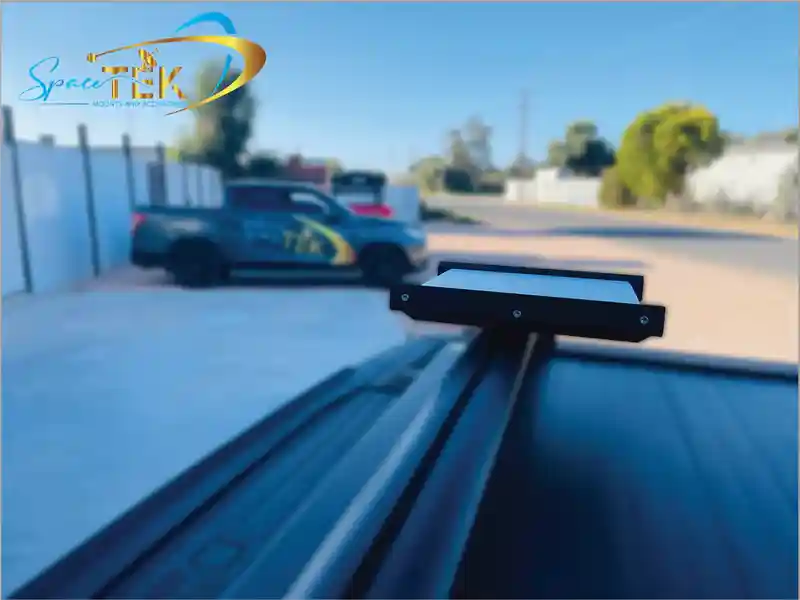
Getting the most from your Internet for Remote Work setup goes well beyond simply plugging in your Starlink dish and hoping for the best. After helping thousands of Australians across remote locations—from mining camps in the Pilbara to cattle stations in Queensland—we've learned that the difference between frustrating dropouts and rock-solid connectivity often comes down to the quality of your mounting and protection equipment.
SpaceTek Australia's rust-resistant mounts and accessories tackle the unique challenges that Australia's harsh environment throws at satellite internet equipment. Our mounting solutions ensure your Starlink dish maintains optimal positioning regardless of whether you're facing cyclonic winds in Darwin or dust storms in Alice Springs.
The reality is that Starlink in Australia performs brilliantly when properly supported, but the standard mounting hardware isn't always designed for our extreme conditions. Intense UV exposure, salt air, sudden temperature changes, and powerful wind gusts can quickly degrade inferior mounting systems. That's where our weatherproof, corrosion-resistant designs make the difference between a system that works for months versus one that delivers reliable service for years.
Proper dish placement becomes absolutely critical when you're working remotely. Our adjustable roof mounts allow you to fine-tune your dish positioning for optimal signal reception, whilst our portable mounting solutions give digital nomads the flexibility to set up quickly at new locations. Whether you need a ridge cap mount for your caravan or a heavy-duty roof mount for your homestead, the stability and adjustability ensure consistent performance.
Cable management and protection often gets overlooked until problems arise. Our weatherproof cable sleeves and strain relief systems protect against moisture ingress and UV damage—two of the biggest killers of satellite internet equipment in Australian conditions. Properly protected cables maintain signal integrity and extend system life, saving you from costly repairs and frustrating outages.
For comprehensive guidance on optimising your setup, our essential Starlink accessories guide covers everything from basic installations to advanced configurations for challenging environments.
Starlink for Remote Australia works best when supported by quality Australian-made accessories designed specifically for our conditions. Whether you're establishing a permanent remote office or travelling the continent as a digital nomad, investing in proper mounting and protection equipment ensures your Internet for Remote Work remains reliable wherever your journey takes you.
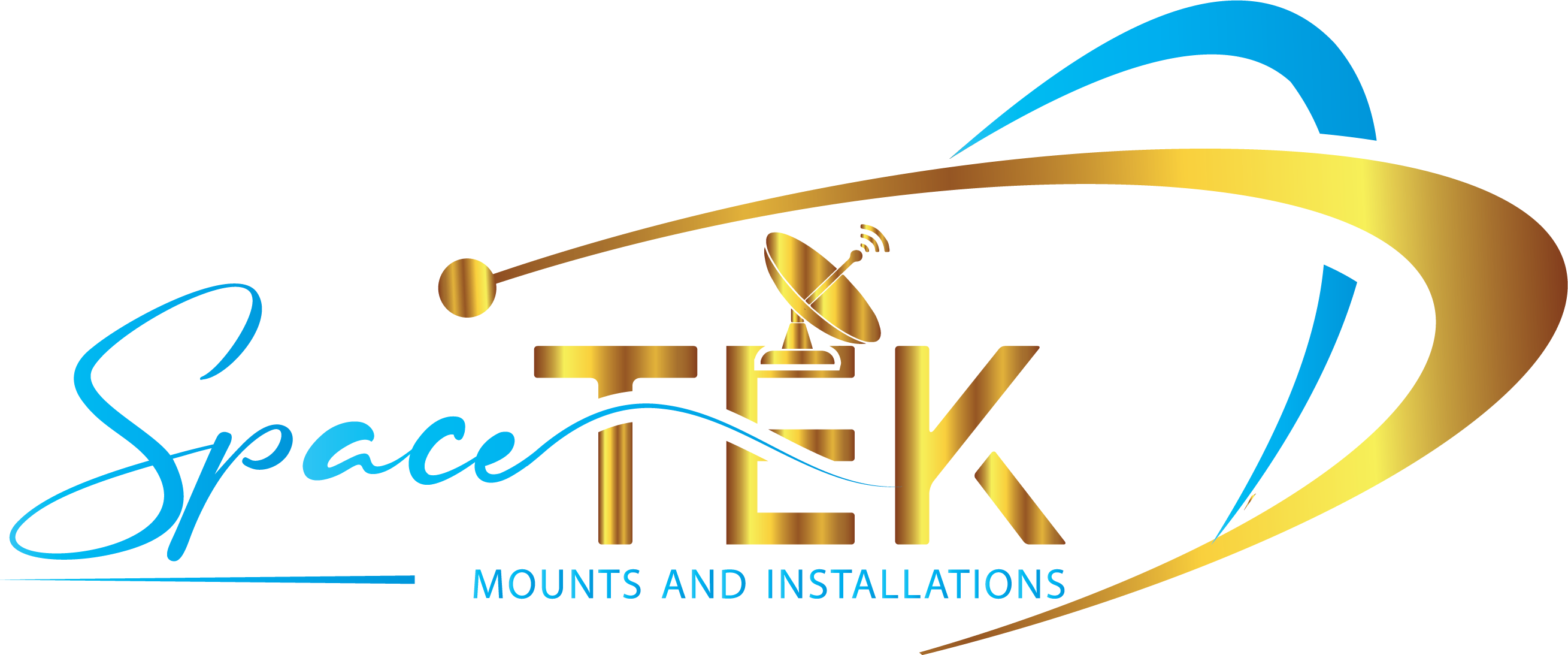
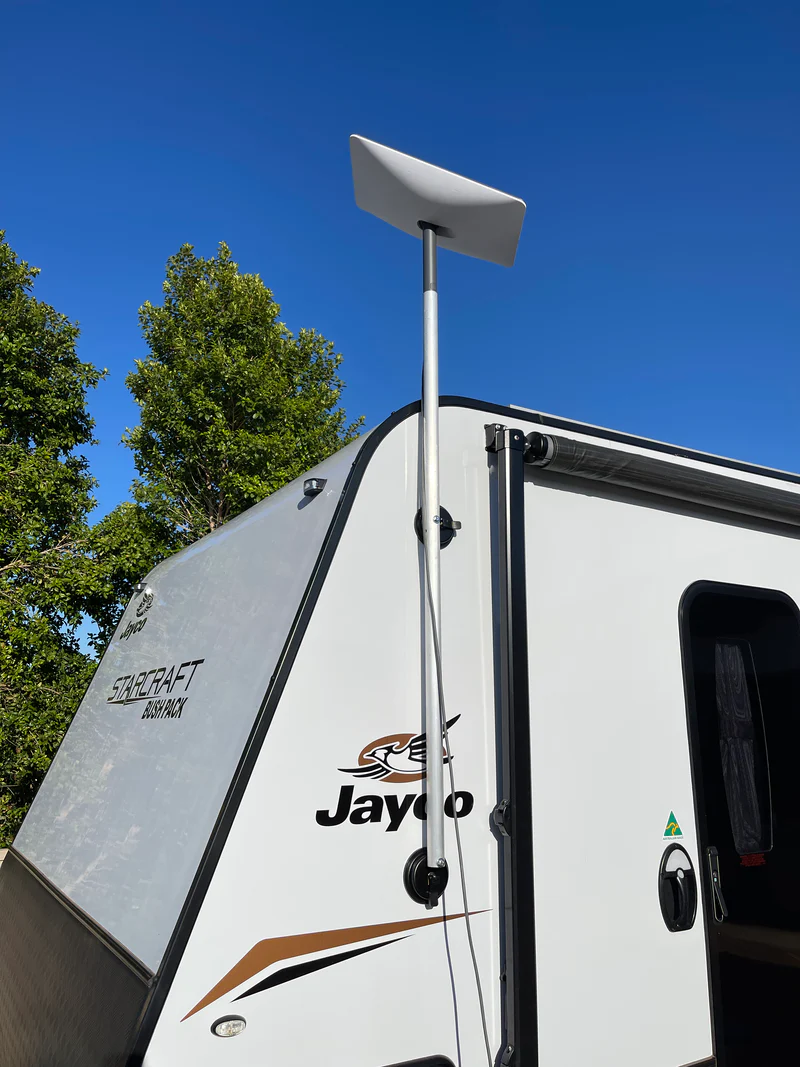
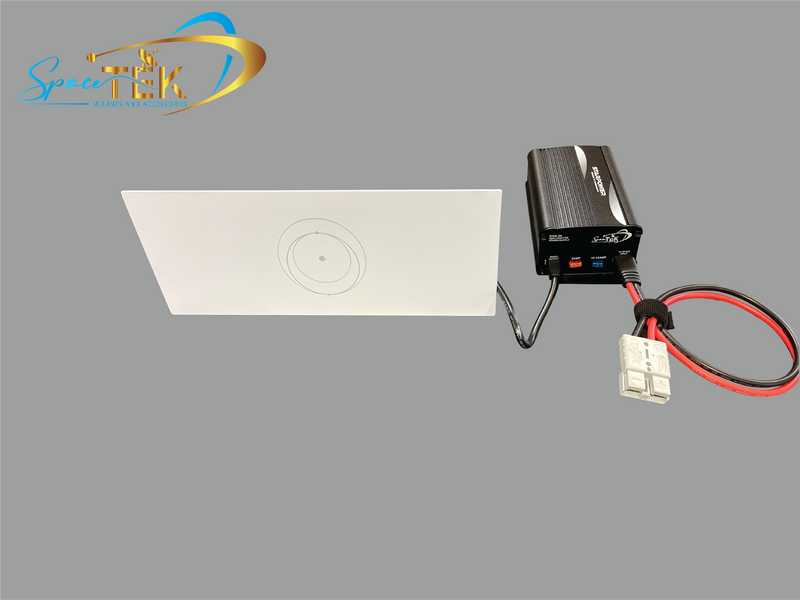
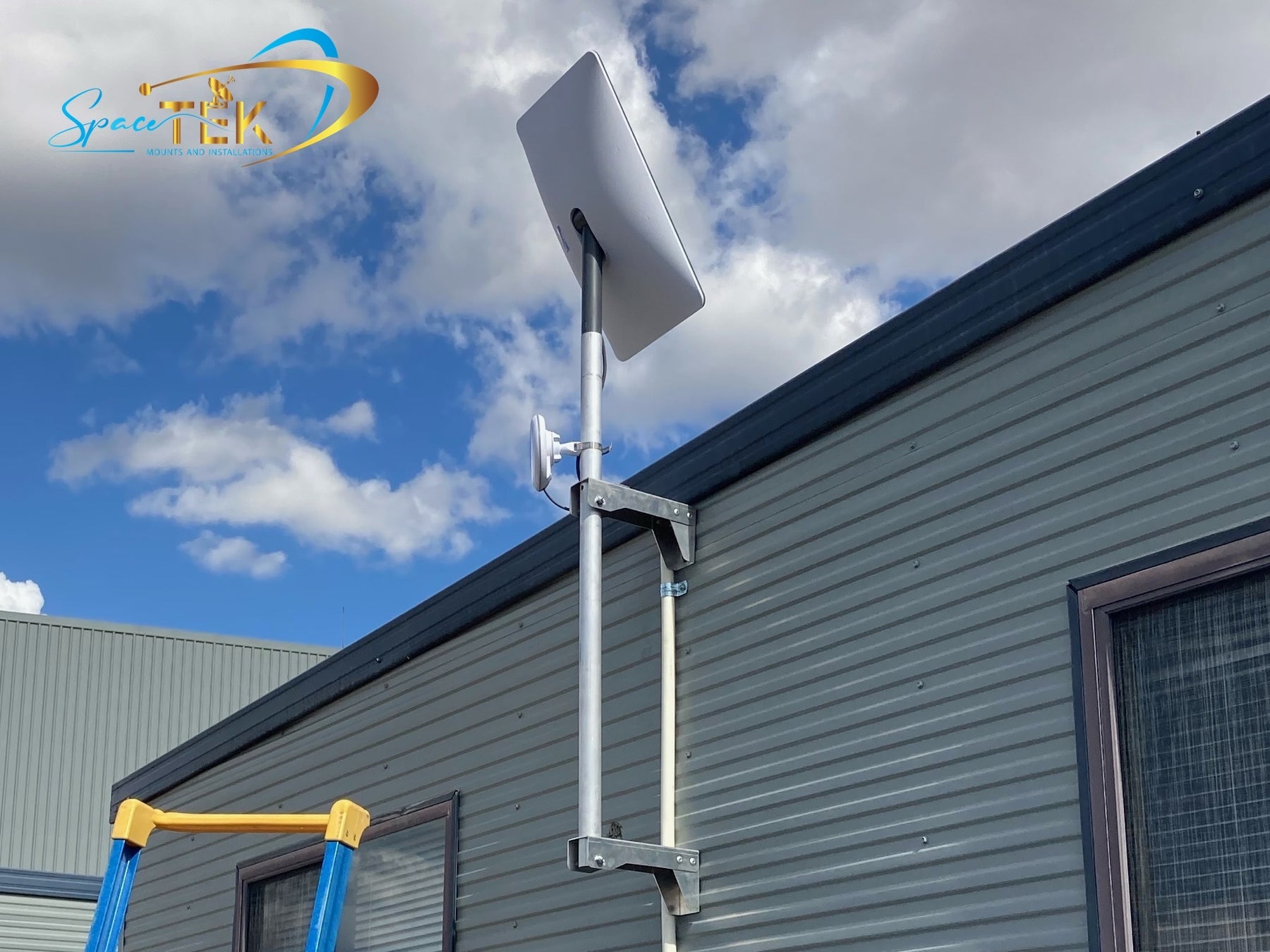
Leave a comment
This site is protected by hCaptcha and the hCaptcha Privacy Policy and Terms of Service apply.